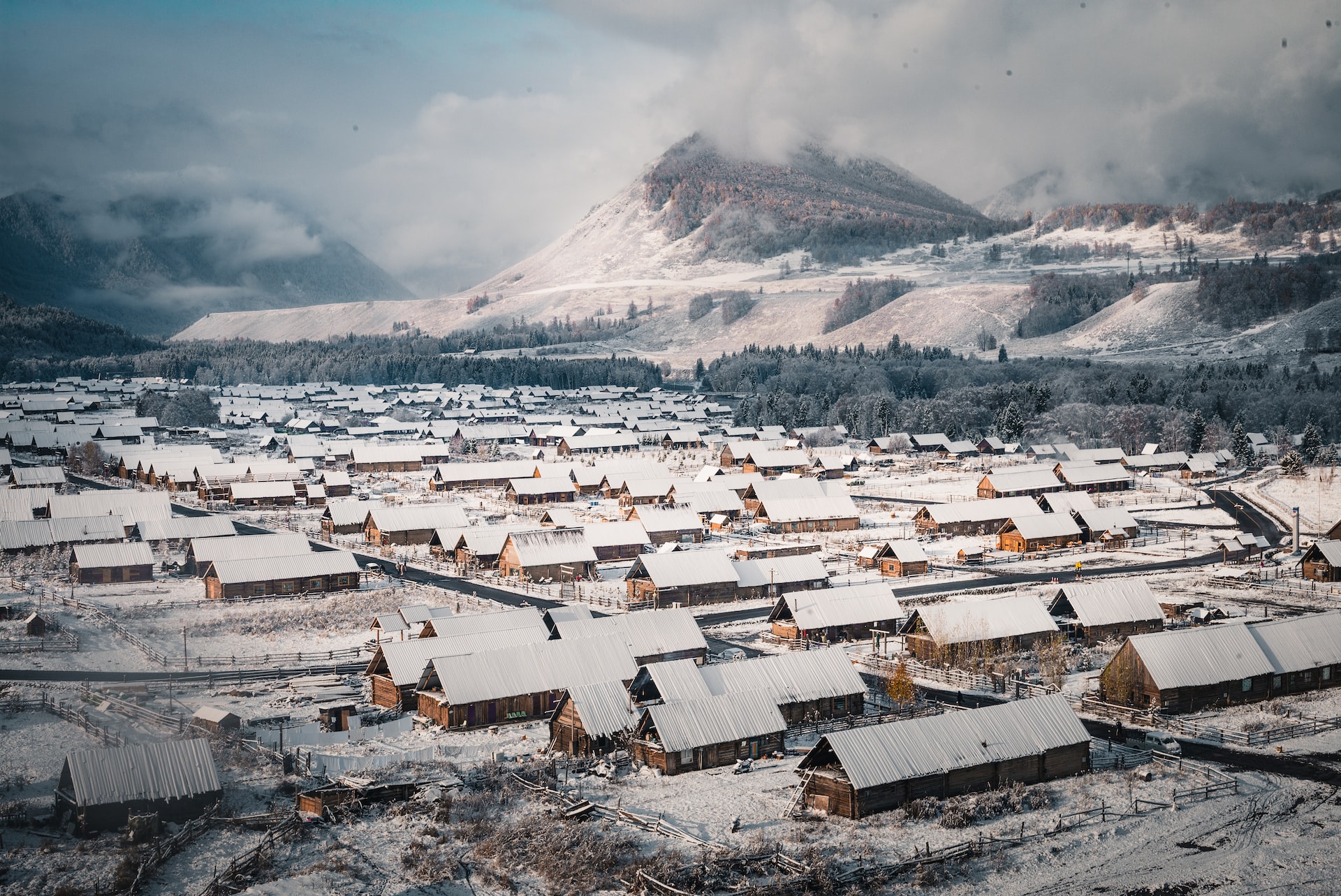Just by looking carefully at a handful of sand, and armed with a magnifying glass, sparkling, spiky grains can be seen. That is quartz sand, or silicon in its oxidized state. Counting for nearly 30 percent of the Earth's crust by weight, silicon is the second most abundant element on Earth (after oxygen) and can be found within magmatic, metamorphic and sedimentary rocks.
However, to produce semiconductors, which are essential for the solar industry and beyond, quartz must be turned into silicon metal through a process that requires a large amount of energy. “To heat quartz, temperatures reach up to 1,000 degrees celsius”, explains Alberto Zanelli, a CNR researcher specializing in electrochemistry, “and with the presence of carbon, 98 percent pure metallic silicon is obtained, which is mainly used to form metallic alloys and silicon. Being an extremely energy-intensive transformation, Europe has always preferred to delegate this sector to external countries, where among other things environmental and safety standards are not so scrupulous.”
However, 98 percent pure silicon metal is not yet suitable for electronic uses and needs to be further purified. “The metal is attacked with hydrochloric acid,” Alberto Zanelli continues, “and transformed into silicon tetrachloride, which is distilled to reach a very high purity (99.9999%). Lastly, it's once again reduced to silicon metal, a version that is on the official list of critical raw materials because it is not recyclable and currently has no substitutes.”
Only with this degree of purity is the polycrystalline or polysilicon that is used to make photovoltaic panels achieved. Electricity accounts for about 40 percent of a factory's operating costs, which is why producing it becomes economically viable only where there is a favorable energy policy and where plant safety standards are lower.
The Chinese oligopoly on polysilicon
This may not come as much of a surprise, but in order to chart the world's polysilicon production, we must turn our gaze towards the Far East, and China in particular. Until 2005, seven companies dominated the market: three Japanese, three USA companies (with MEMC Electronic Materials being partly Italian) and Germany's Wacker Chemie. When the photovoltaic industry's demand for polysilicon began to increase, trade disputes also began between the Western and Chinese markets, which were highly competitive because of low energy costs. With Beijing's 2013 introduction of customs duties on polysilicon imports, the Chinese expansion in the industry began. “Chinese producers have gained a lot of experience in polysilicon production,” Johannes Bernreuter, founder of the Bernreuter Research center, explains to Renewable Matter. “They have made great technological advances, moved to locations with low-cost electricity (Xinjiang, Inner Mongolia), and achieved economies of scale early on. As significant importers, only OCI in Malaysia and Wacker in Germany are left.” With the meteoric growth of companies such as Xinte Energy, Daqo New Energy, Tongwei and East Hope New Energy, China now dominates the market accounting for about 80 percent of global polysilicon production.
Since early 2022, the price of polycrystalline silicon has surged sharply due to increased demand in the post-pandemic period. “Supply is lagging behind because China's new production capacity still has to adjust to the growing photovoltaic demand,” Bernreuter says. “Both China and Western countries are focusing on zero-emission targets, and to do that you need photovoltaic panels.” With such high energy costs in Europe, according to Bernreuter, it is unthinkable how European companies can compete.
Uyghurs and forced labor in Chinese plants
Today the Xinjiang region, where burning coal makes energy much cheaper, is the site of nearly 50 percent of the world's polysilicon supply. For years, NGOs, journalistic investigations and direct testimony have accused the Chinese government of gross human rights violations against the Uyghur minority living in western China. Human rights organizations claim that at least one million people have been imprisoned in camps, tortured and forced into hard labor for the purpose of fighting religious extremism. These figures are also confirmed by the latest UN report documenting how widespread these “re-education camps” are in the region.
According to a report by the consulting firm Horizon Advisory, most major Chinese polysilicon and solar energy producers appear to be actively participating in the forced recruitment of the Uyghur as manpower. In 2009, Xinte Energy was the first to start polysilicon production in Xinjiang, and in 2018, the regional government's website reports the inclusion of 300 Hotan workers by TBEA Co., the parent company of the Xinte Energy polysilicon factory, as a “help” program toward poorer rural areas. According to confidential Chinese police files found by German researcher Adrian Zenz, the owner of a plant of the giant GCL-Poly Energy Holdings claimed to have placed 121 workers from the poorest areas of southern Xinjiang. Photographs released by the local government in June 2017 show workers lined up in blue uniforms, ready to be sent to work at various companies, including East Hope Group Co., one of the “Big Six” in China's oligopoly.
Most international customers who assemble and install photovoltaic panels could be buying polysilicon from Xinjiang without even realizing it. “Tracking the entire supply chain is really complex, especially when Chinese manufacturers refuse to disclose where they buy metallurgical silicon or extract quartz from,” Bernreuter comments, “and the Chinese government categorically denies any human rights violations. The risk that the entire solar industry supply chain is being dominated by China's dictatorial regime must become cause of concern.”
In December last year, U.S. President Joe Biden signed the Uyghur Force Labor Prevention Act, a federal law that attempts to provide more transparency in the supply chain: basically ensuring that all U.S. imports (including cotton and tomatoes) have no connection to forced labor practices. “Similar measures are being considered in Europe as well, but I think they will have little effect on the Uyghurs' situation since both Washington and EU members account for only 30 percent of global PV installation,” Bernreuter says. “Polycrystalline silicon from Xinjiang will continue to be a source of solar modules installed in China or elsewhere in Asia.”
In reaction to pressure from the media, on May 16, 175 solar industry companies signed a non-binding commitment proposed by a U.S. trade association with the goal of moving supply chains out of Xinjiang. As a Bloomberg investigation reports, some Chinese giants such as Longi Green Energy Technology, JA Solar Technology and JinkoSolar Holding signed the document, despite the fact that they all have multi-year contracts to purchase polysilicon from the most at-risk areas.
Image: Michael Lee (Unsplash)



